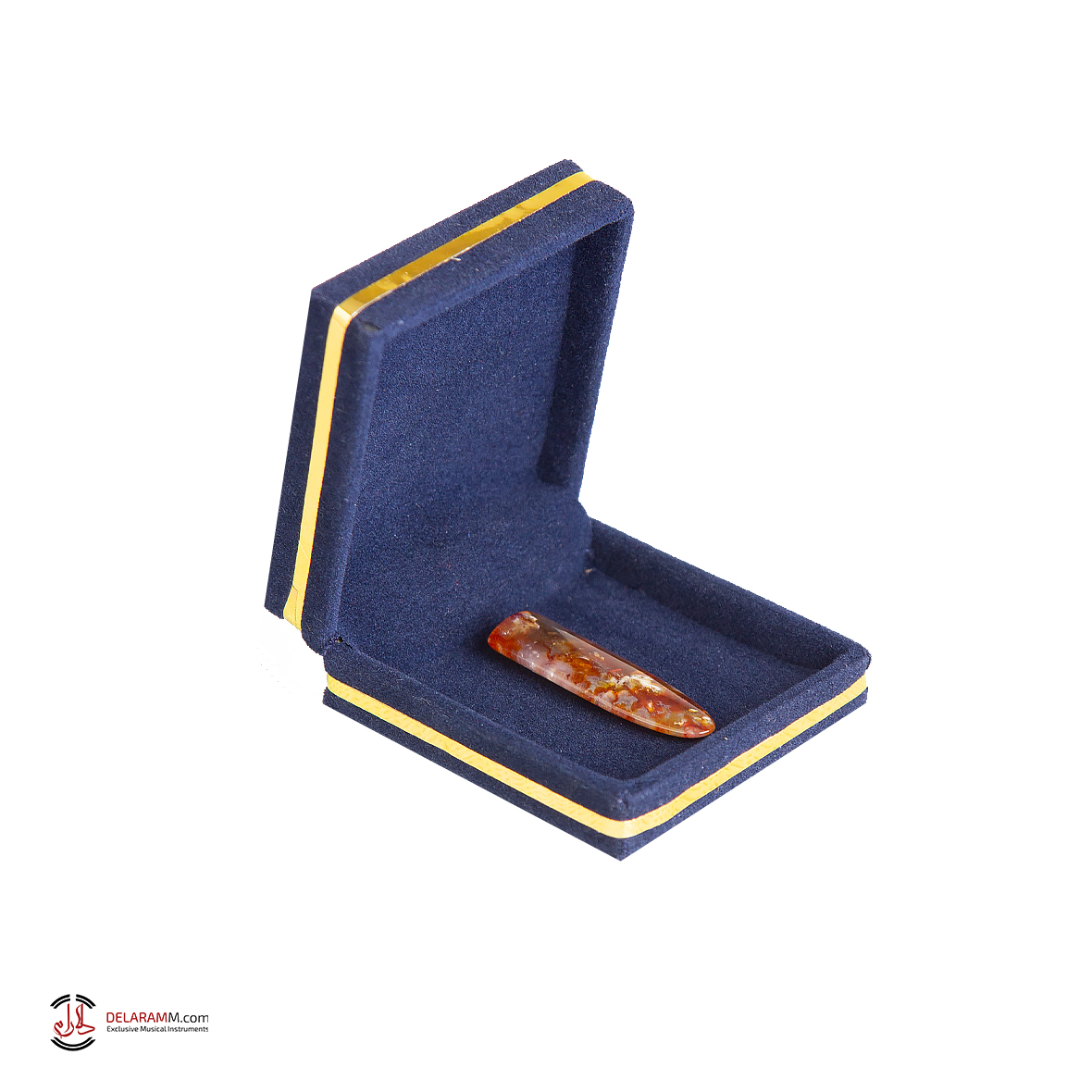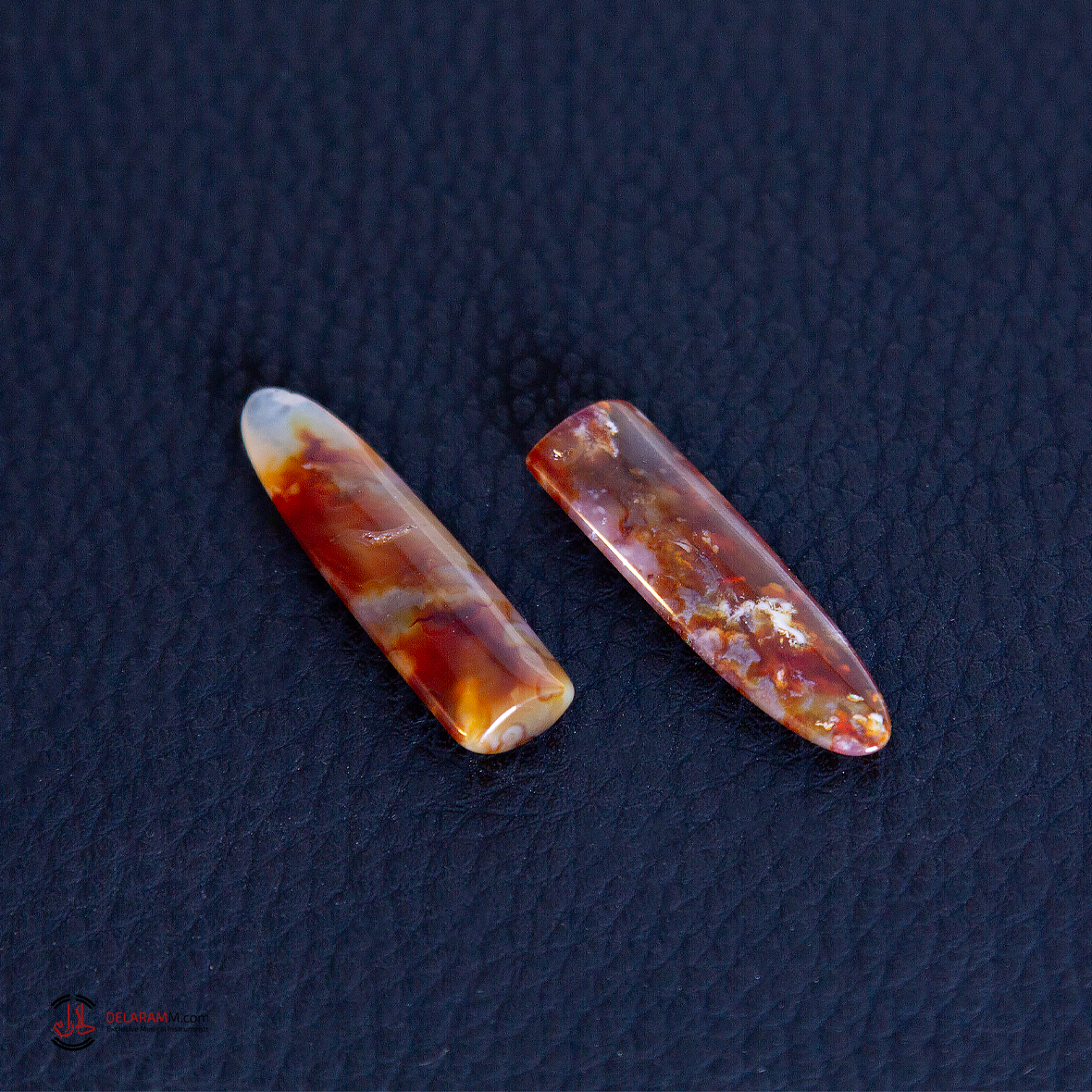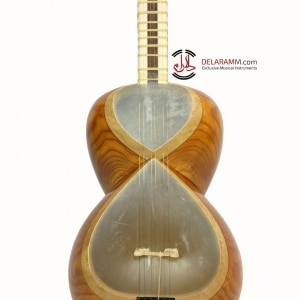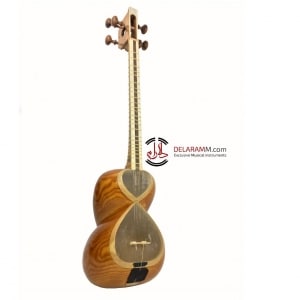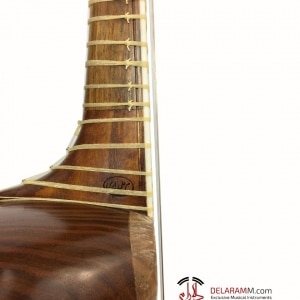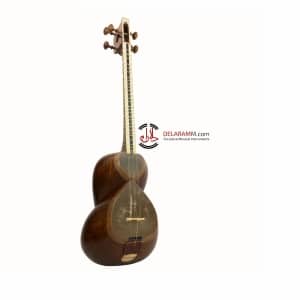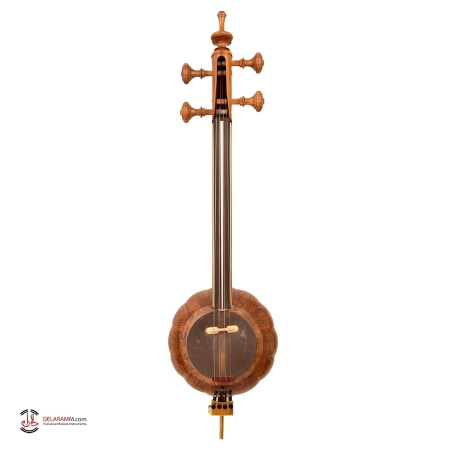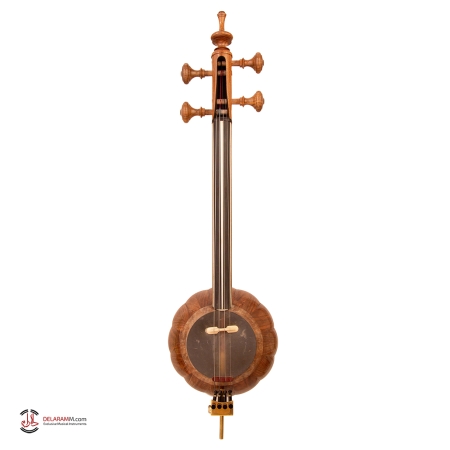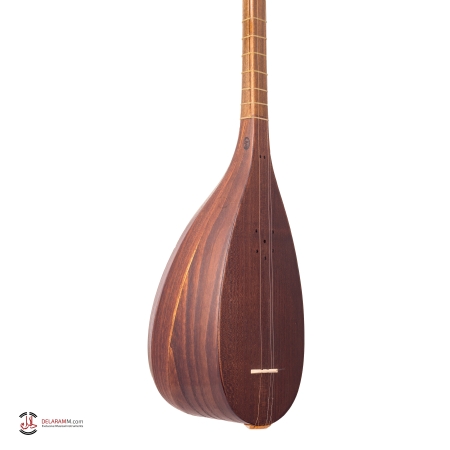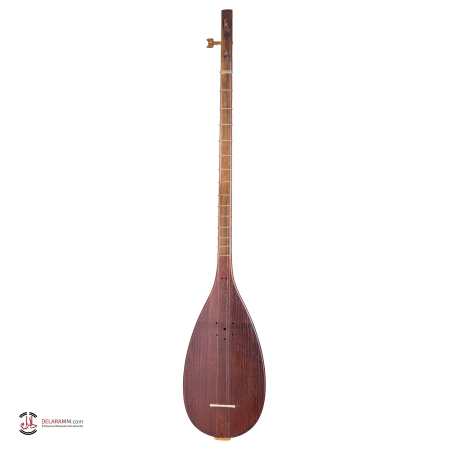Description
Creating a taar mezrab from opal stone would be a unique and luxurious approach. Given the rarity and fragility of opal compared to traditional materials like brass or other metals, such a mezrab would be both a work of art and a functional tool. Here are some detailed aspects to consider:
Taar Mezrab Made from Opal Stone
Materials:
- Opal Stone: Using opal stone for a mezrab would require selecting a durable and high-quality opal, possibly from varieties like black opal or boulder opal for their sturdiness and vibrant colors.
- Reinforcement: Given the fragility of opal, the mezrab might need to be reinforced with a metal core or backing to ensure it doesn’t break easily during use.
Design Considerations:
- Shape and Size: The mezrab must be ergonomically designed to fit comfortably in the player’s hand. The size and shape would need to balance aesthetic appeal with functionality.
- Thickness: To prevent breakage, the opal mezrab would likely need to be thicker than traditional metal mezrabs. This could affect the playing technique and sound.
- Surface Finish: Polishing the opal to a smooth finish is essential for comfortable use and to enhance the natural beauty of the stone.
Sound Quality:
- Tonal Characteristics: Opal, being a stone, would produce a different tonal quality compared to metal. The sound might be softer and more mellow, offering a unique playing experience.
- Durability: The mezrab’s durability in terms of both playing wear and tear and potential impact damage would be a primary concern. Reinforcement and careful handling would be crucial.
Aesthetic Appeal:
- Visual Beauty: An opal mezrab would be visually stunning, showcasing the play-of-color inherent to opals. This would make it not just a musical tool but also a collectible art piece.
- Customization: Different types of opal can offer a range of colors and patterns, allowing for a high degree of customization and personalization.
Craftsmanship:
- Skill Required: Crafting an opal mezrab would require highly skilled artisans experienced in both gemstone cutting and musical instrument making.
- Handcrafted: Each mezrab would likely be handcrafted, given the unique properties of each opal stone, resulting in one-of-a-kind pieces.
Care and Maintenance:
- Handling: Due to opal’s relative fragility compared to metals, careful handling is necessary to avoid chipping or cracking.
- Storage: The mezrab should be stored in a protective case to prevent damage when not in use.
Conclusion
A taar mezrab made from opal stone would be an exceptional and unique piece, blending the beauty of precious gemstones with the artistry of Persian musical tradition. It would cater to musicians looking for a distinctive sound and collectors valuing artistic craftsmanship. However, it would require careful design and handling to ensure both functionality and durability.

